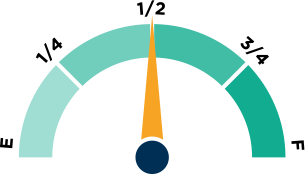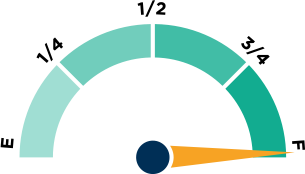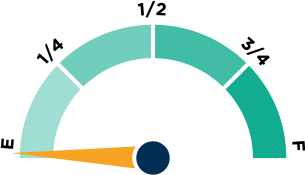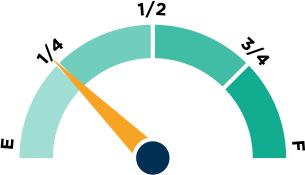Idaho
Rank
Idaho leaped 10 spots to 15th, earning a C+ with a bold new tax-credit program. The Gem State’s families now enjoy expanded choices, sparkling with newfound opportunities for tailored education.
A jump in a full grade is owing to the state's positive efforts this year to release charter schools from burdensome rules and expand innovation. While still reaching a relatively small percentage of students, Idaho charters are thriving and more students...
Career preparation is a focus in Idaho, both in practice and in law, providing students with career preparation through coursework, internships, industry certifications, and even a separate CTE diploma, should students meet the specific CTE coursework and...

Governor Brad Little partnered with the legislature and drove major improvements to the charter school law, the development of hybrid learning models and a statewide open enrollment policy to the state. Furthermore, the signing of the Idaho Parental Tax Credit...
After years of efforts by education freedom advocates, Idaho's 2025 tax-credit program offers expanded opportunities to families to access scholarships for private school tuition, tutoring, and other educational services, expanding quality options across the...
States like Wyoming (+30), North Dakota (+18), and Texas (+15) made the largest leaps in offering Parent Power in the 2025 Index—proving that bold policy change drives real progress for families!

School report cards are easy to access from the Idaho Department of Education homepage by clicking the “Assessment and Accountability” section and can be alternatively assessed through idahoschools.org. Schools are easily searchable, and report cards are...

One of many data points to assess whether a state has the right policies in place to ensure teacher quality is the "use of student achievement data in teacher preparation accountability." How empty or full the fuel tank above is will give you the answer for your state.

The Idaho Supreme Court has taken a restrictive interpretation of its Blaine Amendment and has used it to strike down a statute allowing transportation of private school students at public expense. In April 2024, a lawsuit was filed in the state challenging...